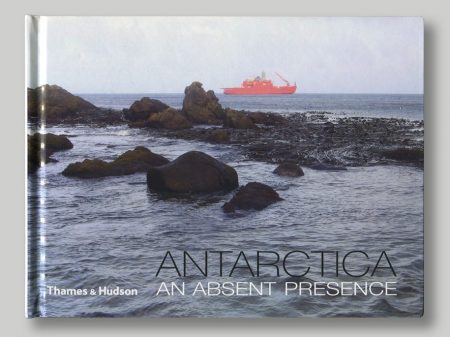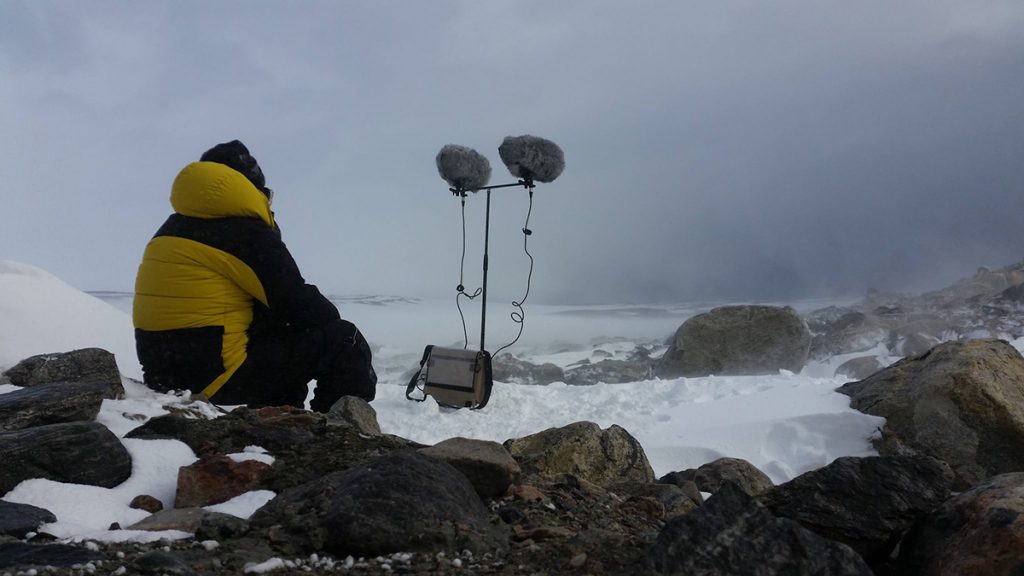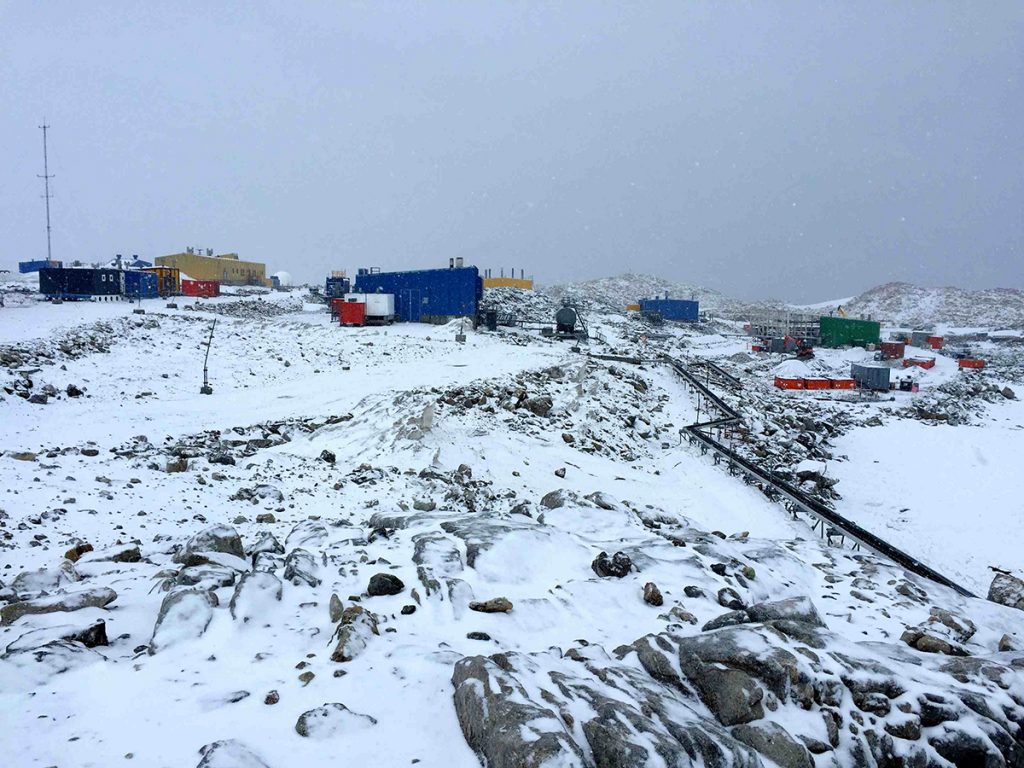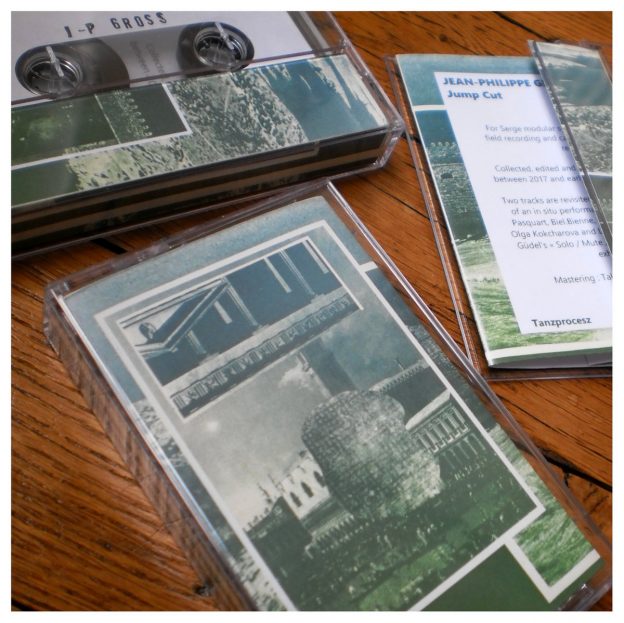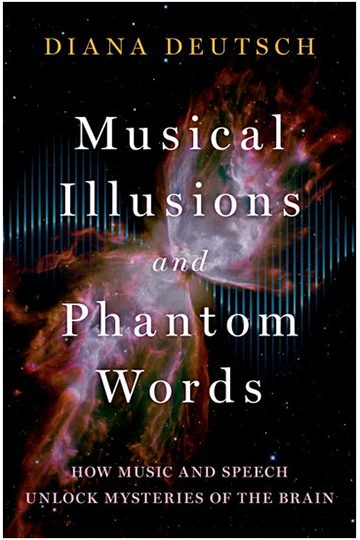Philip Samartzis - Antarctica – An Absent Presence
This book is an invitation to share in a remarkable journey to a place that is for all intents and purposes simply incomprehensible: Antarctica. A paradox of the sublime and prosaic, with its vast expanses of ice, snow and mountains versus traces of human habitation, from weathered huts to abandoned machinery. It is a blank space bordered by nothingness concealing a confounding set of encounters for those fortunate enough to breach its frozen perimeter. The photographs throughout the book are truly amazing; I cannot find credits so maybe Samartzis made them all?
Philip Samartzis is an Australian academic, sound artist and curator. The book is accompanied by two CDs of his soundscape compositions documenting natural and anthropogenic characteristics of the frozen continent and its surrounding ocean.
I add some fragments here from a fascinating review titled “Anthropo[s]cenic” by Gail Priest for the Australian platform RealTime.
..”Differing from the idealistic approach of capturing nature unadulterated, Samartzis is interested in recording the precarious relationship between this harsh natural environment and its human inhabitants — the human battling nature, sheltering from it, all in the quest to study it. The strength and subtlety of the work comes from the fact that he does this obliquely. While focusing on the human, the actual figure is very rarely represented in the sounds. Instead he records the artefacts, the buildings, machinery, the manufactured materials. This offers a strong sense of isolation and loneliness, the “absent presences” of the book’s title.
The journey starts on the icebreaker Aurora Australis. An opening horn blast with a noticeable lack of reverb immediately signals that we are heading into a vast unknown. Slowly, textures are added and over the 22 minutes, divided into roughly three-minute studies, we sonically explore the mechanical workings of the amazingly engineered vessel, from tiny vibrations, creakings, hissings, bubblings, wheezings to the full thrum of the powerful engine and the deep and alarming thunk of ice against hull.
Arriving at Davis Station it’s a relief to hear the shush of wave against shore — land at last — however, far from being a peaceful wilderness, this is a busy outpost. Samartzis captures this with the strong presence of engines — generators, trucks, helicopters — leavened with sounds of metal in contact with other metals, clanking in the wind, or scraping and dragging across rocky surfaces.
[ … ]
The first CD concludes with “At the End of the Night,” offering an electronic sounding palette. High-sine tones and machine emissions from the Medium Frequency Spaced Array (MFSA) radars are mixed with the sonic secretions of the metal structures themselves as they are affected by wind and temperature variations. While knowledge of these origins is interesting, this mesmerising piece can be appreciated as a true musique concrete experience, the sounds exerting their own rich essence, despite or because of the separation from their sources.
The centrepiece of the collection is “Crush Grind,” a 43-minute exploration of the sounds in, around and under the frozen sea. While the material is taken from icy materials, the soundscape is strangely warm and comforting, full of rich mid-range resonances — gurgles, plonks, bobbing, sucking. At 16 minutes there is a chorus of bubbles that comes close to a kind of utter aural joy. Most curious of all are the rising and falling glissandi capturing the creaking stresses and movements of life under the ice.
Leaving the ice behind for the still-by-no-means hospitable climes of the sub-Antarctic Macquarie Island, Samartzis captures the oppressive sense of the place through a claustrophobic soundscape of unabating wind and waves. There are fewer machines at work here, but still the materials of human invention are in motion — ringing, rattling, flapping — registering the ongoing battle with the elements. We depart the island with relief, listening to the unsettling squelch of the tangled kelp shoals that fill the bay.
The collection of compositions reaches a perfect conclusion with “Aurora Australis.” This piece swaps recording in the field for sonified data taken from magnetic pulsation systems used to monitor the energy emissions from the Aurora — the dancing photons buffeted by solar winds along the Earth’s magnetic field.”
Published in 2016, hardcover, 191 pages, 24.6 x 18.6 cm (landscape).
€37.50



